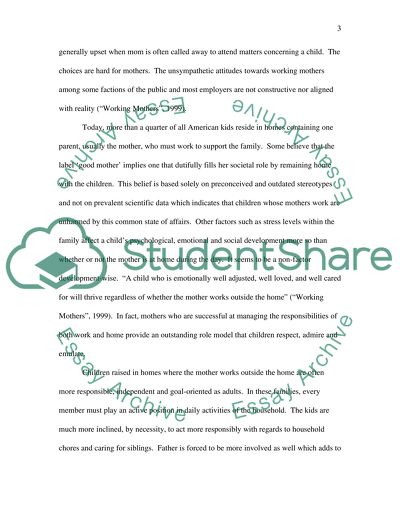Cite this document
(“How social or economic issues in this country influence the roles Essay”, n.d.)
How social or economic issues in this country influence the roles Essay. Retrieved from https://studentshare.org/miscellaneous/1541298-how-social-or-economic-issues-in-this-country-influence-the-roles-women-and-men-play-in-the-family-today
How social or economic issues in this country influence the roles Essay. Retrieved from https://studentshare.org/miscellaneous/1541298-how-social-or-economic-issues-in-this-country-influence-the-roles-women-and-men-play-in-the-family-today
(How Social or Economic Issues in This Country Influence the Roles Essay)
How Social or Economic Issues in This Country Influence the Roles Essay. https://studentshare.org/miscellaneous/1541298-how-social-or-economic-issues-in-this-country-influence-the-roles-women-and-men-play-in-the-family-today.
How Social or Economic Issues in This Country Influence the Roles Essay. https://studentshare.org/miscellaneous/1541298-how-social-or-economic-issues-in-this-country-influence-the-roles-women-and-men-play-in-the-family-today.
“How Social or Economic Issues in This Country Influence the Roles Essay”, n.d. https://studentshare.org/miscellaneous/1541298-how-social-or-economic-issues-in-this-country-influence-the-roles-women-and-men-play-in-the-family-today.


